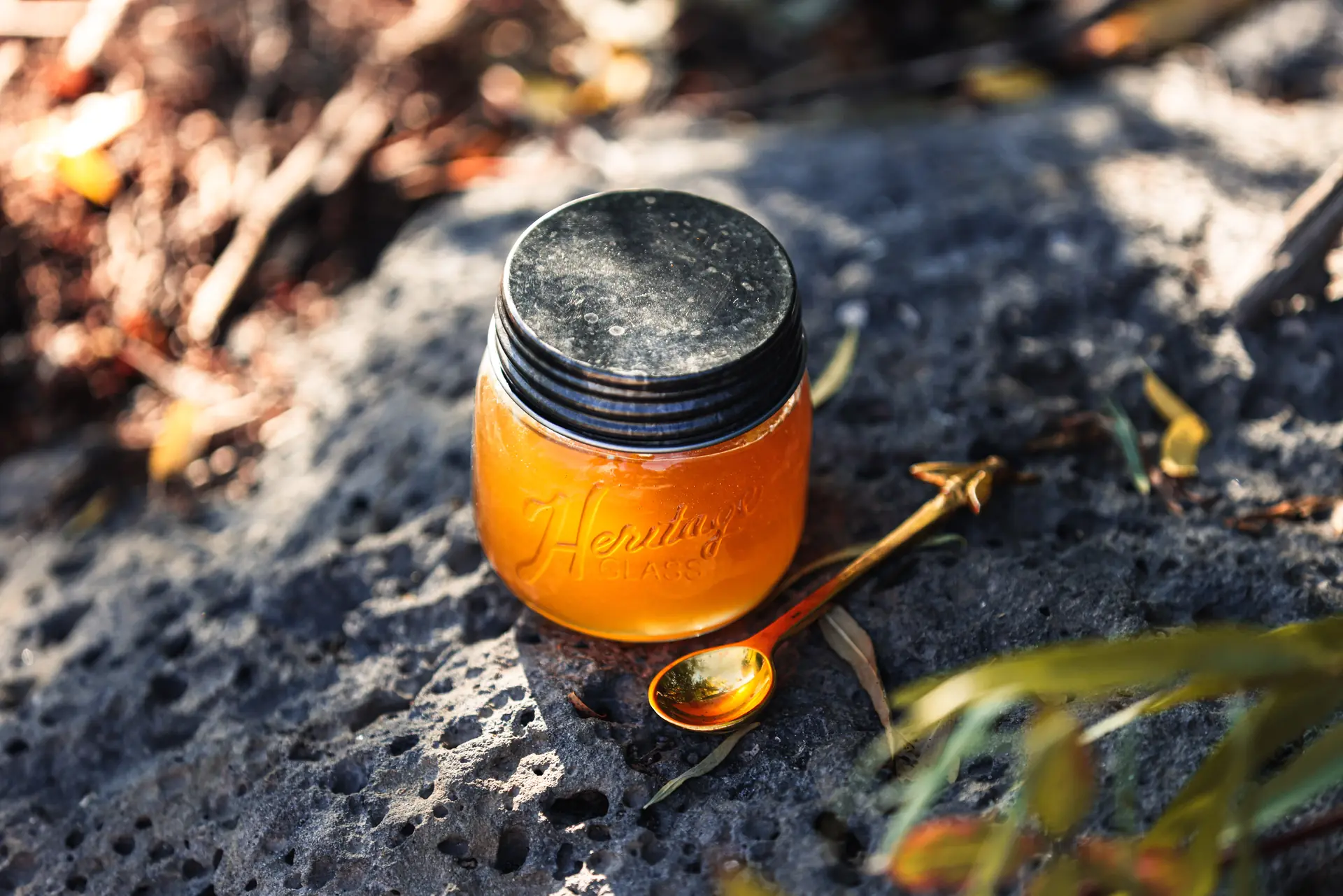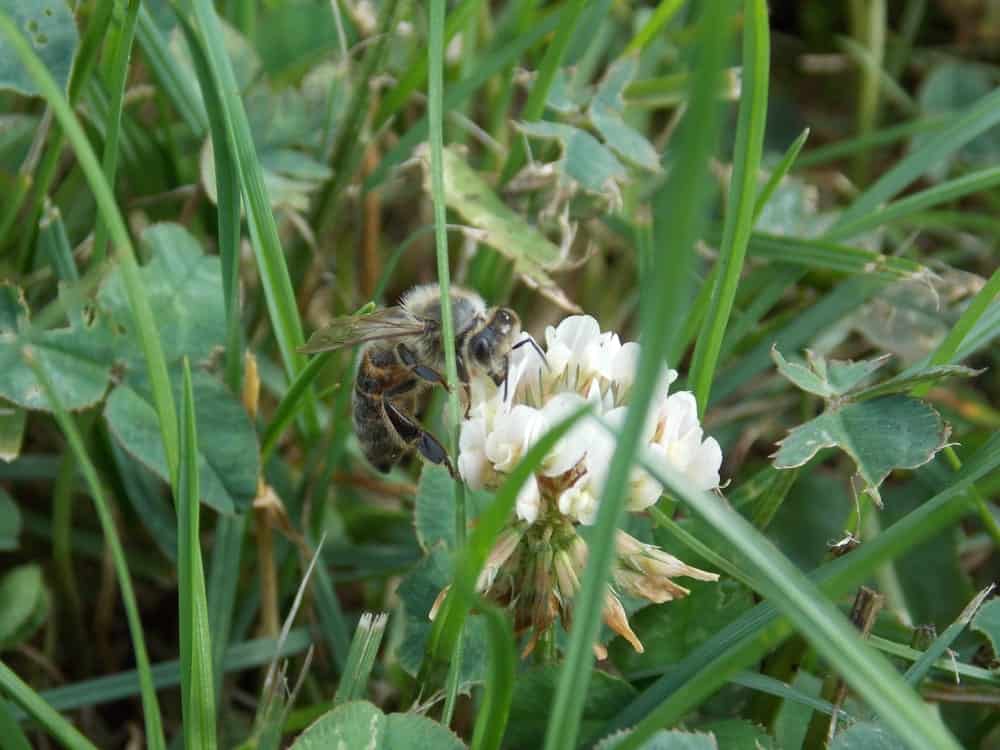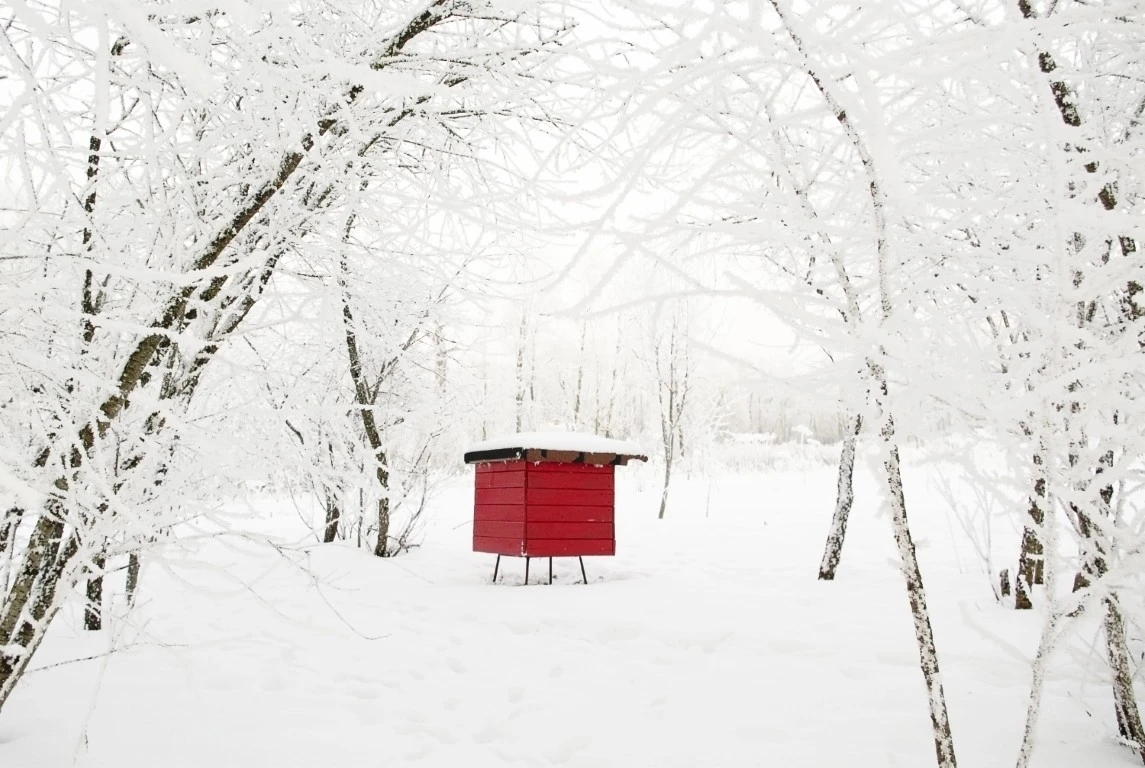Your cart is currently empty!

Bee Nests 101: How Different Species Build Their Home
October 17, 2025
Table of Contents
Bees are some of the most fascinating creators in nature — not only for their role in pollination but also for the variety of ways they build their homes. While many people picture the classic honeycomb hive when they think of bees, not all of them live in large colonies or make honey. In fact, different species create unique types of nests depending on their environment, habits, and survival needs.
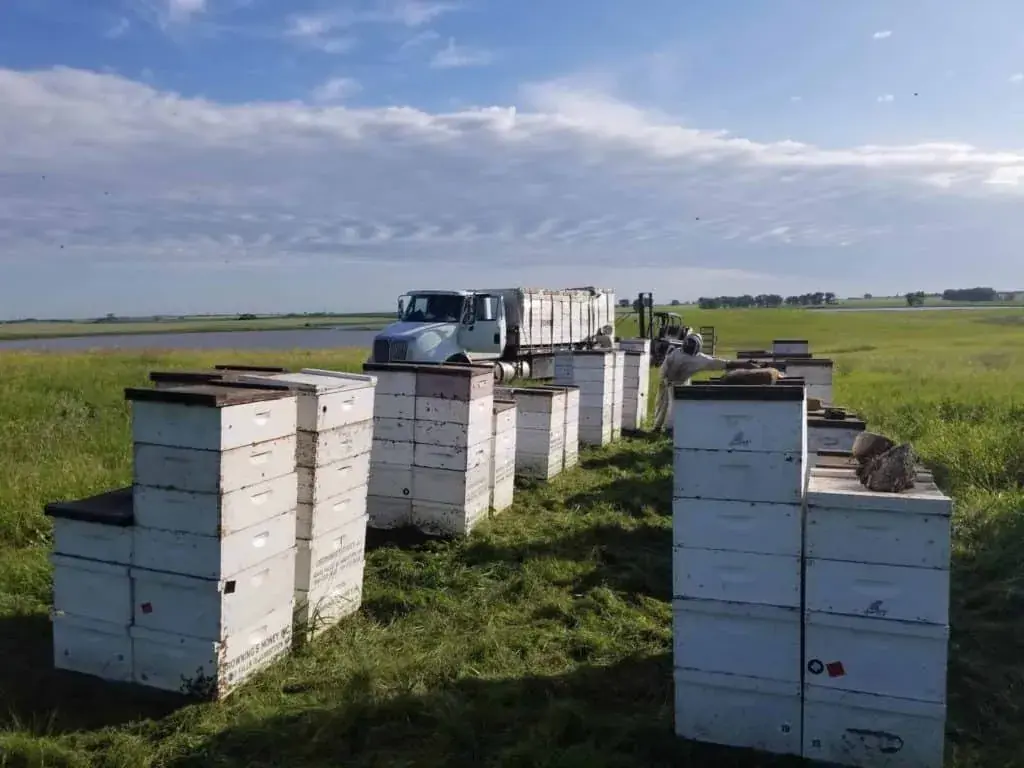
Let’s explore the most common types of bee nests and what makes each one special.
Honeybee Hives
Honeybee hives consist of a series of wax combs filled with hexagonal cells used to store honey and pollen and raise young bees. They are found in hollow trees or rock crevices or are made and managed by beekeepers. Honeybees build their hives by consuming honey and producing beeswax. They then chew beeswax to make it soft and malleable, allowing it to be shaped into the honeycomb cells.
The cells are arranged in a specific way, with the honey stored at the top, pollen in the middle, and the bees in the lower part. They design their home in a hexagonal shape because it uses the least amount of wax to hold the most volume. Honeybees regulate the temperature inside their hives, keeping it around 95 degrees for the colony’s health.
Bumblebee Nests
Bumblebee nests consist of small, messy, ball-like wax structures often lined with grass or moss. They are found in underground burrows (often abandoned rodent holes), under compost heaps, or in grassy tussocks. These bees line the nests with insulating material like dry grass, fur, or leaves to keep the colony warm and often cover it with a protective wax cap.
Unlike honeybees, bumblebee colonies only last one season, dying out in winter except for the new queens. In the spring, the new queen emerges from hibernation and establishes a nest from scratch. She creates wax pots to store nectar and pollen for energy and lays her eggs in cells on top. As workers hatch, they help grow the nest, which can contain hundreds of bees during the peak season.
Carpenter Bee Nests
Carpenter bee nests consist of tunnels burrowed into untreated wood, such as decks, fences, eaves, or dead trees. Females create neat, round entry holes about the size of a dime using their strong mandibles, before turning at a right angle to follow the grain. They add a series of chambers within this tunnel, adding a ball of pollen and a single egg to each. These solitary bees may also reuse and expand existing tunnels, returning to the same nesting area for generations.
While carpenter bees drill into wood to create nesting tunnels, they don’t actually eat it.
Mason Bee Nests
These solitary pollinators live in mud- or clay-lined cells, often in hollow stems, cracks, or pre-made bee houses. You can find their nests in gardens, orchards, and areas with plenty of natural cavities. Each cell in the nest contains bee larvae, pollen, and nectar, and is sealed with a final, thick layer of mud. Mason bees are excellent pollinators — one mason bee can pollinate as much as 100 honeybees.
Leafcutter Bee Nests
Leafcutter bee nests consist of tubular structures lined with circular pieces of leaves carefully cut by the female bee. You can find them in hollow twigs, soil burrows, or a bee house. Each leaf-lined cell contains a ball of nectar and pollen, a single egg, and a leaf-disk cap to seal the chamber.
Leafcutter bees are gentle and rarely sting, making them a favorite among gardeners. Minor leaf damage from their nesting activities is considered a sign of a healthy garden ecosystem.
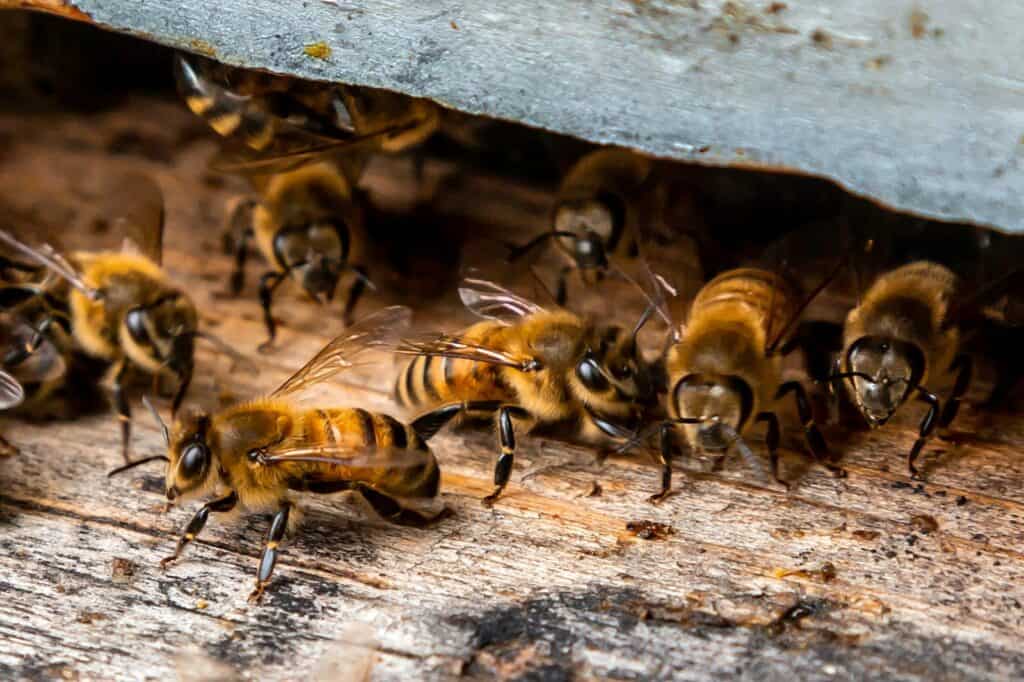
Mining Bee Nests
Mining bees live in cone-shaped piles of loose soil that contain a hole leading into underground tunnels and chambers for the queen’s larvae. They are found in sandy soils, lawns, and field edges, and while they may look like ants when digging, mining bees are harmless and excellent spring pollinators. Hundreds or thousands of mining bees may nest in the same area, creating a noticeable patch of activity for a few weeks in the spring.
Bee Nests: A Show of Creativity and Ingenuity
Bee nests come in all shapes and sizes, reflecting the incredible diversity of the bee world. From the bustling honeybee hives to the solitary tunnels of carpenter and mason bees, each type of nest plays a role in supporting pollination and biodiversity. Understanding how each bee species creates its nest helps us not only appreciate them but also reminds us how important it is to protect their habitats.


